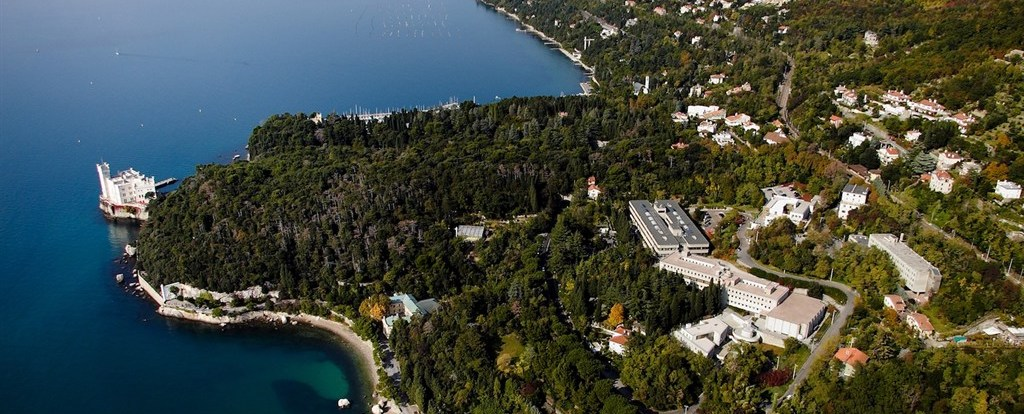Speaker
Description
The idea of neutrino-assisted early dark energy ($\nu$EDE), where a coupling between neutrinos and the scalar field that models early dark energy (EDE) is considered, was introduced with the aim of reducing some of the fine-tuning and coincidence problems that appear in usual EDE models. In order to be relevant in ameliorating the $H_0$ tension, the contribution of EDE to the total energy density ($f_\text{EDE}$) should be around 10\% near the redshift of matter-radiation equality. We verify under which conditions $\nu$EDE models can fulfill these requirements. We find that in the situation where the EDE field is frozen initially, the contribution to $f_\text{EDE}$ can be significant but it is not sensitive to the neutrino-EDE coupling and does not address the EDE coincidence problem. On the other hand, if the EDE field starts already dynamical at the minimum of the effective potential, it tracks this time-dependent minimum that presents a feature triggered by the neutrino transition from relativistic to nonrelativistic particles. This feature generates $f_\text{EDE}$ in a natural way at around this transition epoch, that roughly coincides with the desired redshift mentioned above. Nevertheless, we show that the values of the generated $f_\text{EDE}$ are too small to address the Hubble tension.

